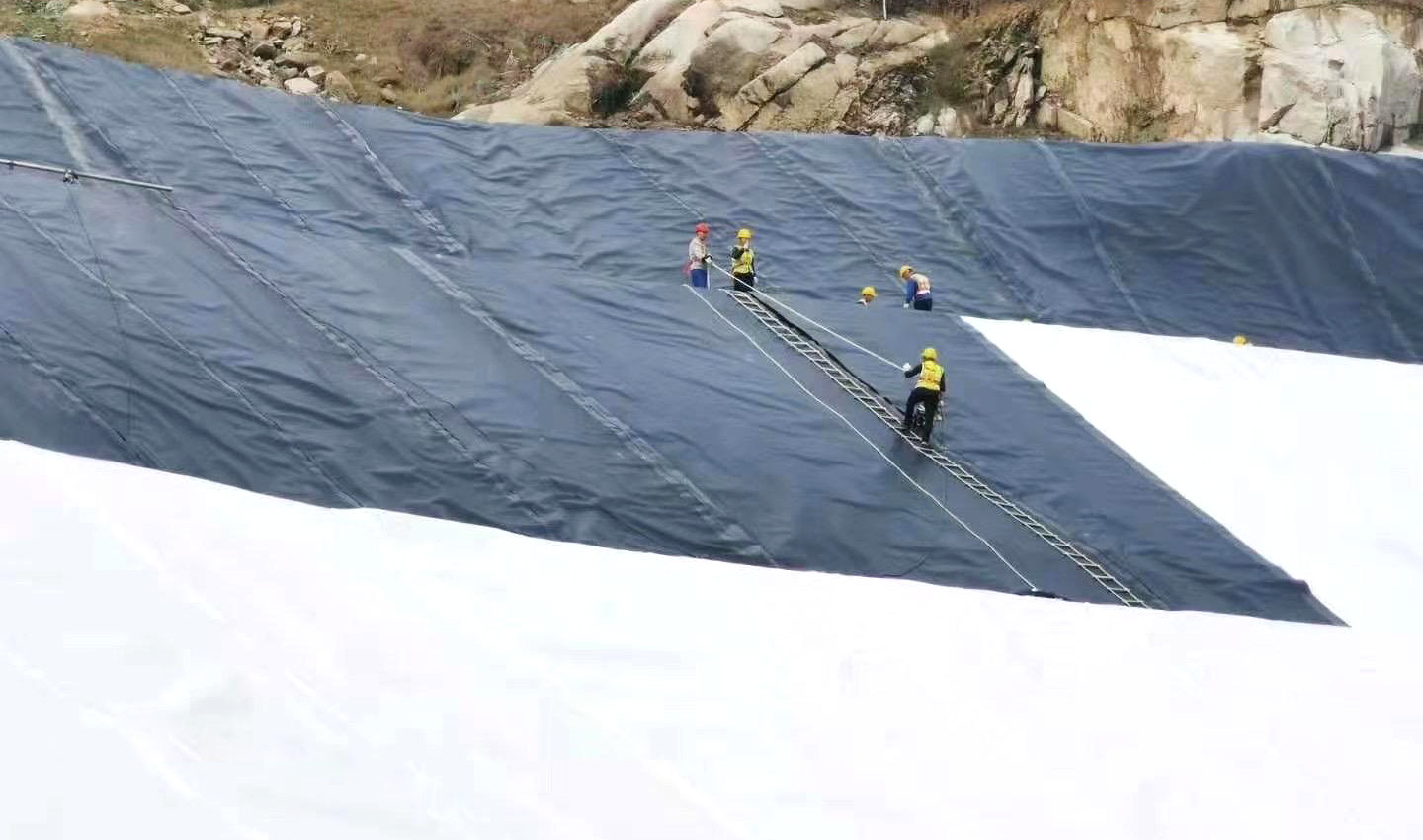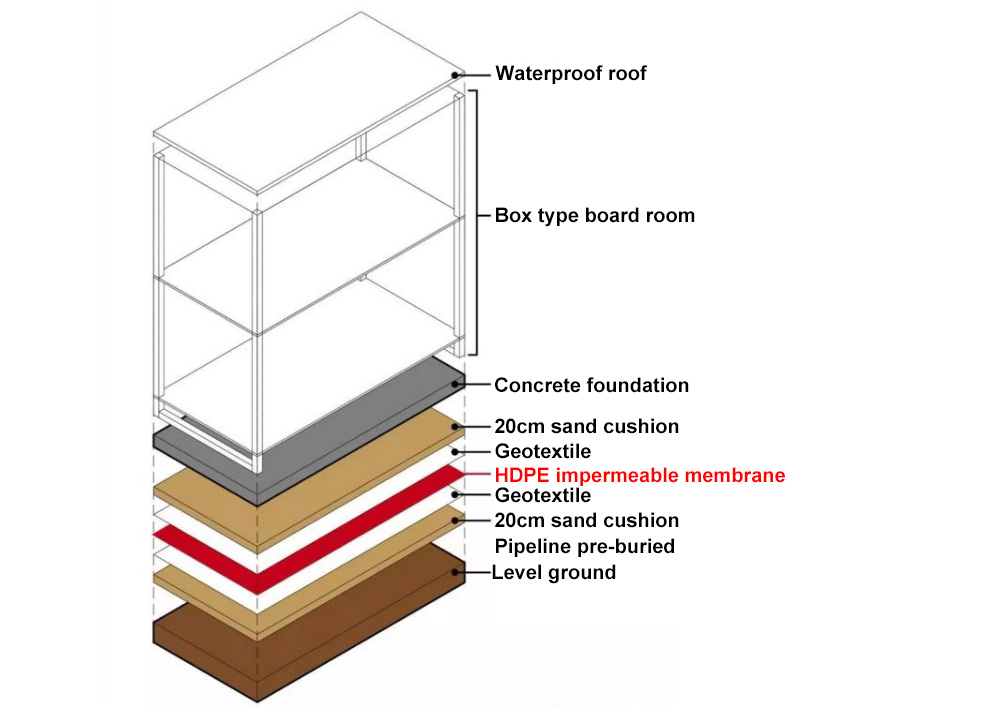Isolation refers to the laying of specific geosynthetics between two different geomaterials to avoid intermixing. Geotextiles are the primary insulation material of choice. The main functions and application fields of geotextile isolation technology include the following aspects:
(1) In the railway subgrade project, the geotextile is set between the ballast and the fine-grained foundation soil; the laying of the geotextile between the coarse-grained roadbed and the soft soil foundation filling layer is a typical case of geotextile isolation.
(2) In highway subgrade engineering, geotextiles are placed between the gravel cushion layer and the soft soil foundation, or between the drainage gravel layer and the filling foundation to avoid the mixing of coarse and fine soil materials and ensure the design thickness of the coarse-grained material layer. and overall functionality.
(3) In areas with high groundwater level, geotextile isolation technology is an effective measure to control road and railway subgrade mud mixing.
(4) Laying geotextile under the cushion between the building or structure and the soft soil foundation can play the role of seismic isolation.
(5) The geotextile water barrier can block the capillary water channel. In some areas with high water table, it can be used to prevent soil salinization or foundation frost heave.
When geotextiles are used in seismic isolation design, it is not just a simple “isolation” problem. From the role of the above-mentioned geotextile isolation layer, it also involves the functions of reverse filtration, drainage and reinforcement of geotextiles in practical engineering applications. Therefore, when applying geotextile isolation technology, it is necessary to analyze the specific engineering conditions from many aspects. In addition to the physical and mechanical properties of the geotextile, it is also necessary to consider whether the geotextile has the need for reverse filtration and drainage.
Other commonly used seismic isolation materials are geomembrane, composite geotextile, composite geomembrane, polyurethane and polyurea new geotextile isolation layer, etc. Geotextiles reinforced by woven, nonwoven or fabric are called composite geotextiles. It is a geotextile composed of two or more materials or processes. It not only retains the advantages of the single-layer material before compounding, but also makes up for its defects to varying degrees. When in use, its components can give full play to the advantages of complementary functions, and can better meet the special requirements of the project.
The rapid development of polymer materials has laid the foundation for the emergence of new civil engineering seismic isolation materials. Polyurethane polymer material is a polymer containing urethane groups on the main chain of the molecule. A block polymer whose molecular chain contains soft segment and hard segment interfacial phase. The elastomer formed by the polyurethane material with good rheological properties after curing has good deformation coordination ability, bonding performance and impermeability, and its compressive strength is high and adjustable. Polyurea is a polymer material formed by the reaction of isocyanate component and amino compound component. The material is highly hydrophobic and insensitive to ambient humidity. It can even be sprayed on water to form a film. It can work normally under extremely harsh environmental conditions. Therefore, polyurethane and polyurea have become a new type of barrier material in the treatment of new roadbeds and roadbed diseases.
Post time: Mar-10-2022


